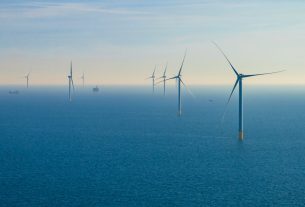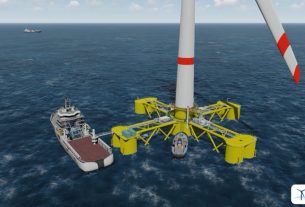Germany – 50Hertz and TenneT plan to work together to bring wind power generated in the North Sea into the German power grid.
Schleswigh-Hostein and MeckLenburg-Vorpommern have signed a partnership agreement to work together on the construction of an innovative multi-terminal hub and an HVDC link. The Federal Bundesnetzagentur (BNetzA) has confirmed that this project is a part of the 2035 grid development plan (2021).
Joint project
Some of the components of the joint project are as follows: 50Hertz and TenneT plan to build a multi-terminal hub for direct current connections in the area of Heide. Direct current switchgear is used in a novel way. With this design, two offshore direct current connection systems, each with a capacity of two gigawatts, can be connected directly and efficiently to an onshore direct current link. This facility is also connected to a converter, which converts direct current (DC) to alternating current (AC), which is then available in the region for planned offshore hydrogen electrolysers, among other things, to decarbonize the industry in the area, for example. Onshore wind turbines can also benefit from the converter’s ability to transport electricity.
Multi-terminal hub
50Hertz and TenneT plan to lay a 200-kilometre direct-current underground cable with a 525-kilovolt (kV) voltage level between this multi-terminal hub and a converter in Klein Rogahn near Schwerin. The eastern section will be handled by 50Hertz, while the western section will be handled by TenneT. TenneT and 50Hertz will implement the separate NOR-12-2 and NOR-X-3 offshore grid connection systems for the Heide area in the recently published grid development plan (Netzentwicklungsplan 2035 / 2021), respectively.
Breakthrough technology
It’s a breakthrough in technology because, until now, all direct current connections at sea and on land have been point-to-point. However, several direct current connections come together in the multi-terminal hub. Depending on the transmission capacity and demand, electricity is fed into the grid via DC or AC lines. Only one AC/DC converter station will be needed in the Heide area. This reduces the amount of land needed on the construction site, as well as allowing for more flexible load flow.




